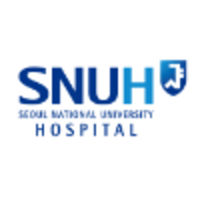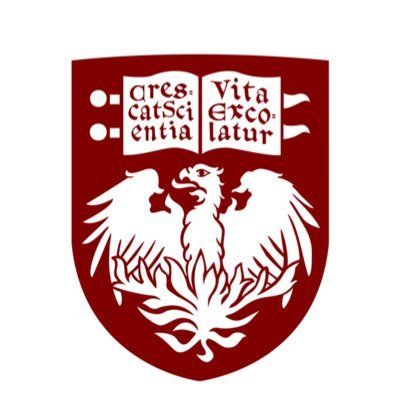预约演示
更新于:2025-05-07
Benzyl aminolevulinate
更新于:2025-05-07
概要
基本信息
原研机构 |
在研机构- |
非在研机构 |
权益机构- |
最高研发阶段终止临床1期 |
首次获批日期- |
最高研发阶段(中国)- |
特殊审评- |
登录后查看时间轴
结构/序列
分子式C12H15NO3 |
InChIKeyAFFZCQDLQIEQGB-UHFFFAOYSA-N |
CAS号163271-21-4 |
关联
2
项与 Benzyl aminolevulinate 相关的临床试验NCT02313467
Topical Application of 1.5% Butenyl ALA Without Light Source Irradiation in the Treatment of Acne: a Double Blinded Randomized Controlled Trial.
In this study, the investigators are going to compare the clinical effect and safety of topical application of 1.5% Butenyl ALA cream formula without light source irradiation in the treatment of acne.
开始日期2014-01-01 |
NCT00814528
Photodynamic Therapy Mediated by Topical Application of 5- ALA for the Treatment of Actinic Keratoses
The purpose of this study is to compare the treatment of skin growths called actinic keratoses (AK) with 5-ALA PDT, an FDA-approved treatment, versus treatment with other conventionally used FDA-approved agents such as cryotherapy, Imiquimod, or 5-fluorouracil (5-FU).
开始日期2007-11-01 |
申办/合作机构 |
100 项与 Benzyl aminolevulinate 相关的临床结果
登录后查看更多信息
100 项与 Benzyl aminolevulinate 相关的转化医学
登录后查看更多信息
100 项与 Benzyl aminolevulinate 相关的专利(医药)
登录后查看更多信息
8
项与 Benzyl aminolevulinate 相关的文献(医药)2009-12-01·Journal of Dermatological Science2区 · 医学
5-ALA derivative-mediated photoinactivation of Propionibacterium acnes
2区 · 医学
Letter
作者: Norbert Lange ; Robert Gurny ; Marino Andres Campo ; Juro Mikulic ; Maruska Convert ; Jean-Claude Piffaretti ; Nicolas Fotinos
2006-01-01·Journal of Environmental Pathology, Toxicology and Oncology4区 · 医学
New Derivatives of 5-Aminolevulinic Acid for Photodynamic Therapy: Chemical Synthesis and Porphyrin Production in In Vitro and In Vivo Biological Systems
4区 · 医学
Article
作者: Jo Klaveness ; Aslak Godal ; Qian Peng ; Jahn M. Nesland ; Nils O. Nilsen ; Jon Erik Branden
2004-01-01·Photochemistry and Photobiology3区 · 生物学
Detection of Dysplastic Lesions by Fluorescence in a Model of Chronic Colitis in Rats After Local Application of 5-Aminolevulinic Acid and its Esterified Derivatives ¶
3区 · 生物学
Article
作者: Florian Hausmann ; Jürgen Schölmerich ; Heiko C. Rath ; Ruth Knüchel ; Helmut Messmann ; Petra Rümmele ; Esther Endlicher ; Rene C. Krieg
100 项与 Benzyl aminolevulinate 相关的药物交易
登录后查看更多信息
研发状态
10 条进展最快的记录, 后查看更多信息
登录
| 适应症 | 最高研发状态 | 国家/地区 | 公司 | 日期 |
|---|---|---|---|---|
| 胃肠道肿瘤 | 临床1期 | - | - |
登录后查看更多信息
临床结果
临床结果
适应症
分期
评价
查看全部结果
| 研究 | 分期 | 人群特征 | 评价人数 | 分组 | 结果 | 评价 | 发布日期 |
|---|
No Data | |||||||
登录后查看更多信息
转化医学
使用我们的转化医学数据加速您的研究。
登录
或

药物交易
使用我们的药物交易数据加速您的研究。
登录
或

核心专利
使用我们的核心专利数据促进您的研究。
登录
或

临床分析
紧跟全球注册中心的最新临床试验。
登录
或

批准
利用最新的监管批准信息加速您的研究。
登录
或

特殊审评
只需点击几下即可了解关键药物信息。
登录
或

生物医药百科问答
全新生物医药AI Agent 覆盖科研全链路,让突破性发现快人一步
立即开始免费试用!
智慧芽新药情报库是智慧芽专为生命科学人士构建的基于AI的创新药情报平台,助您全方位提升您的研发与决策效率。
立即开始数据试用!
智慧芽新药库数据也通过智慧芽数据服务平台,以API或者数据包形式对外开放,助您更加充分利用智慧芽新药情报信息。
生物序列数据库
生物药研发创新
免费使用
化学结构数据库
小分子化药研发创新
免费使用

